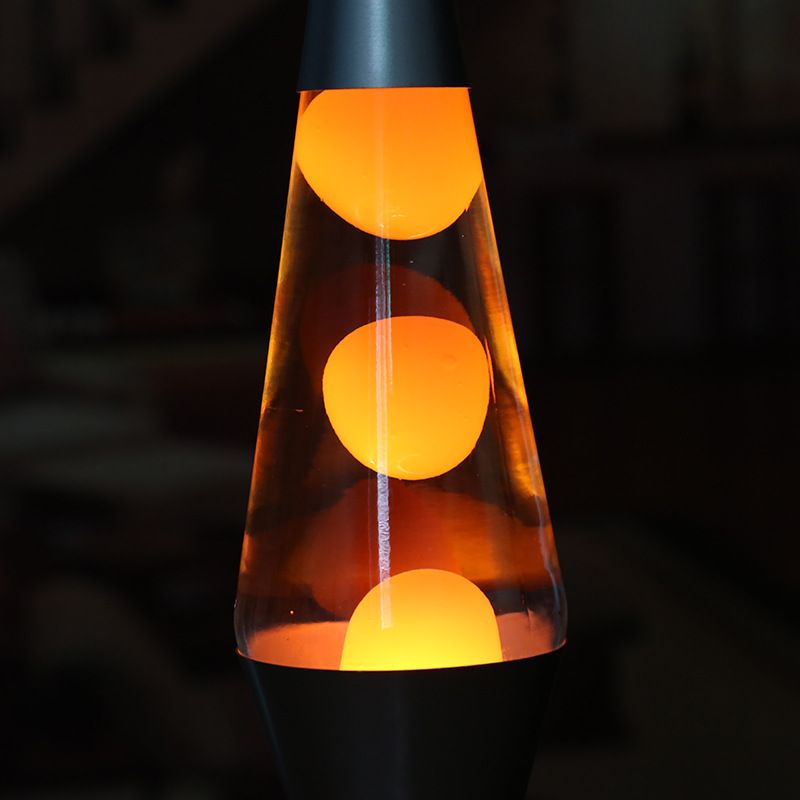

This collar screwed onto a glass cup, containing a poured wax candle that provided the heat and light. The globe holder was metal collar having a row of cut-out oval vents. It had a small cylindrical bottle and a cap of slightly smaller diameter with a slightly domed flat top, also used in the Consort and many later models. This was a "non-electric" or "cordless" model. "Cordless and carefree - offers distributors and dealers a 'two-way' sales and profit opportunity - first in the original sale, second in the replacement candle trade!" Flat bottom, curving smoothly up to a rolled rim.

Flat bottom, curved corner, vertical side and curled rim. Concave bottom, sharp corner, outwardly-slanted side, and rolled rim. There are a few different tray shapes for Decorators, including: This lamp used a 30 watt R-20 reflector bulb.Ī known variant has a black porcelainized base and cap with no squiggle paint. The base always had a "Use No Water" sticker on it, indicating that only artificial greenery should be used. Like the Aristocrat, the 1966 Decorator had a gold-finished cap.

Marketing was steered towards floral shops. This lamp was sold WITHOUT any plantings in the tray, thus the enterprising housewife (the catalog's words, not the author's) could change the plantings to suit the mood or occasion. It had the same gold drizzles on white porcelainized base and satin gold cap. This model was an Aristocrat with a 9 3/4" diameter and approximately 3" deep tray attached at the base's narrow point/seam.
#Lava lite classic lava lamp plus#
"Ideal for the florist and artificial flowers trade - Selling THROUGH these markets, your retailers make 'plus' sales every time - LAVA LITE sales plus flower sales" #1107 Color Pak Assortment - 2 of each color. This model stood 16 1/2" tall, was 6 5/8" dia. The cap on the 1966 Aristocrat was satin goldtone. This lamp and its companion below are commonly known as the "squiggle" style, but catalogs claimed they had a "gold flecked" finish. bottle, this lamp had a white porcelainized base covered in gold drips and drizzles, a finish begun in the 50s on lampshades and modern pottery. "Unlimited potential in every market area!"Ī more refined look with a cone-on-cone base having a pert "hourglass" figure with a seam at the narrowest point, and using the Century's 52 oz.

Note on colors: Early on, the lava was called the "base", the liquid called "Lava liquid" or, slightly later, "Master Fluid", the term used by Craven Walker's Crestworth Trading in the UK. Not long after the introduction of the Lava Lite, formulas in both the UK and the US were changed so that the lava would solidify when cold, simplifying handling and shipping. The black plastic cap, sprayed gold, had a slightly domed flat top. The bottle was a cone that had its widest point near the bottom, below which it tapered inward again, and This metal base sat on a black plastic tray. A rotary switch was mounted on the side of the lower cone. The lower cone was dotted with pinpoint "starlight" holes. The base was a cone-on-cone form, widest at the bottom, narrowing near the top, and widening again at the very top - a tall cone topped by a short cone, attached at their narrow ends, with no seam - the base was one piece of spun metal. The 1965 lamp had a satin copper finish base and cap. The 1965 model also had a rotary switch on the side of the base. The base was given "starlight" perforations, a popular addition for many 1960s American metal lighting fixtures. Like the Astro, the base was made from a single piece of spun metal and had a black plastic tray under the base. Shaped like the original British Astro Lamp but with a 1960s American bent, the first production model in the US was the lamp later named the Century. It was marketed not only as an object of home decor but as decor for restaurants, offices and as an eye-catcher for store displays. The US version was christened the Lava Lite and the company took the name Lava Corporation. Rumor has it that bringing the prototype through customs was a hassle they thought it might be some sort of liquid explosive device. The first lamps had lava that stayed in a liquid form at all times, which made them difficult to ship, prone to damage by shaking. They purchase exclusive rights to manufacture the lamp in the United States. List prices are suggested retail at the time, if known.Īdolph Wertheimer and Hy Spector see Edward Craven Walker showing his new lamp, the AstroLight, at a German trade show.


 0 kommentar(er)
0 kommentar(er)
